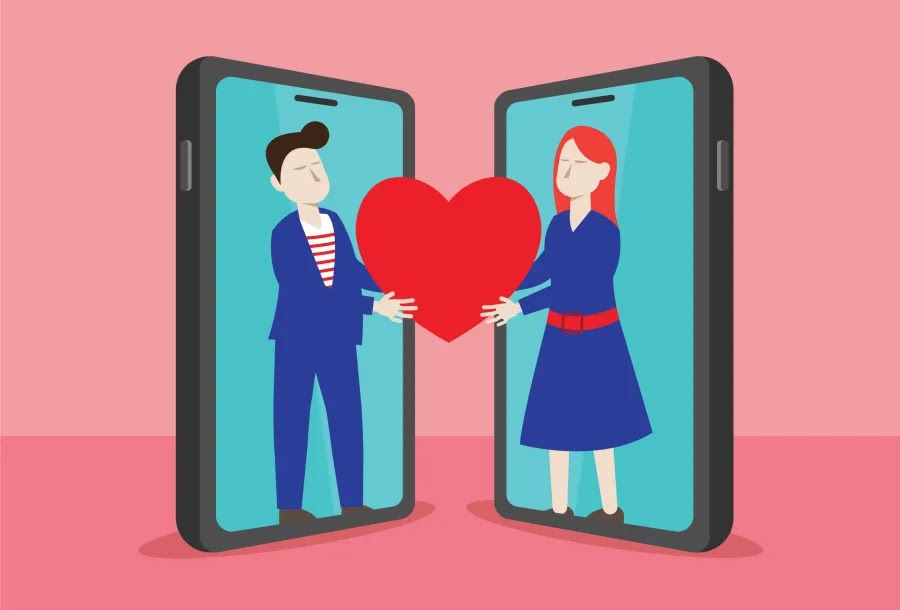Growing up I was always told to be very, very careful with technology. I didn’t receive my first iPhone from my parents until I was in 6th grade, and for years they closely monitored what I did on it. This of course bothered me, as it would for any 12-year-old, but they always reassured me that unfortunately there are bad people in the world, and they just wanted to protect me from any online harm.
Looking back, I am beyond grateful my parents handled technology the way they did with me. It taught me to be cautious at a young age, and has allowed me to mature with technology as it continues to grow and expand its intelligence.
This has positively evolved over the years, which leads me to confidently say I have a very healthy relationship with technology. My daily screen time average is between 3-4 hours, and I hardly check any social media accounts anymore. In my free time, I choose to be social and in the moment, instead of using my devices to pass the time.
I’ve always strongly believed that technology is slowly ruining our society and has more of a negative effect on how we live our lives today. Ever since high school, I’ve always wished to have grown up in the 80s when technology wasn’t a stressor. When phone lines were connected to the walls, GPS wasn’t around, music was played through records, and there were far more face-to-face interactions.
With little to no technological distractions, life was free, in the moment, and just plain simple.
Nowadays, I see technology interfering with our perception of the world. The video, “Mad World Remix of Moby,” depicts the negative and draining effects technology has on our lives. It paints a vivid picture of face filters, fake news, public humiliation, poor mental health, and the view of the public eye. What we take away from this video, is how disengaged and distracted we are from the world, and the lack of authenticity humans now have based off their personal image online.
There is, however, a positive side to technology. Staying connected to loved ones has never been easier with just the touch of a button, and keeping up to date with the lives of other individuals can be done on any social media platform. It also makes it extremely easy to access any information at any given time.
Safety has never been easier through the use of technology as well. Whether that’s smart locks, security cameras, or apps that install security features, there is no doubt that technology has ways of keeping us safe like never before.
With technology, brings an online footprint, so I decided to Google myself to see what would come up. A few high school athletic accomplishments pop up first, along with my profile pictures on my social media accounts. Scrolling down further, you'll find my LinkedIn profile, Instagram page, TikTok account, and Pinterest, since they are all public accounts. Because my parents raised me cautious of what I post to the public, I know there is nothing unprofessional on my social accounts, and anyone looking at them will be able to fully depict who I am as a person.






















